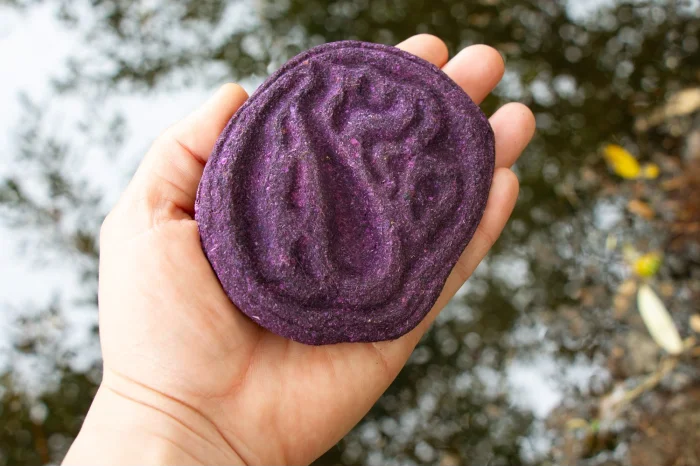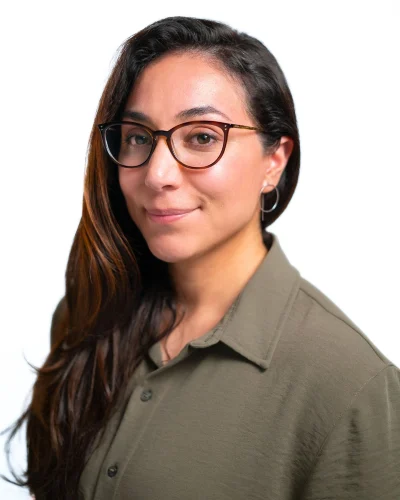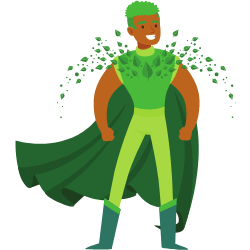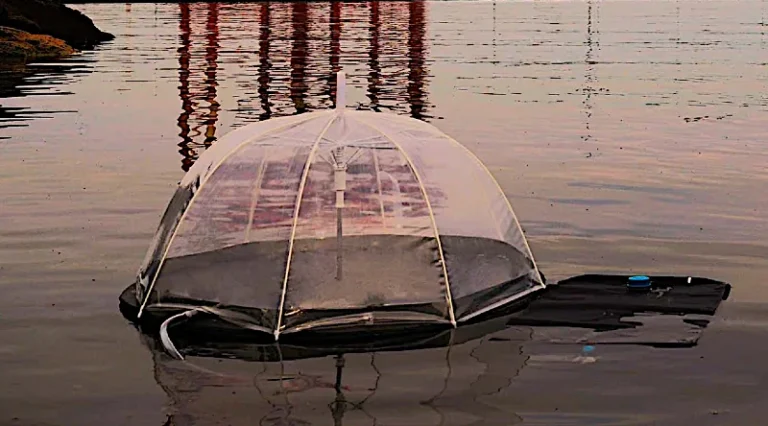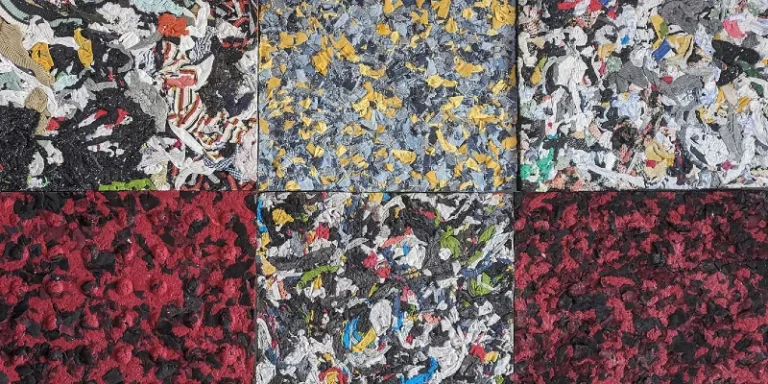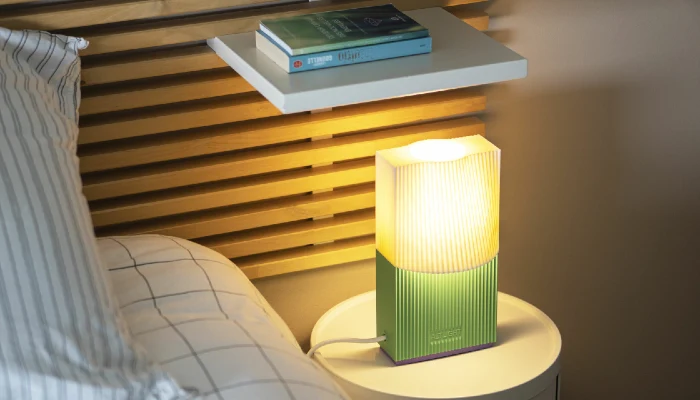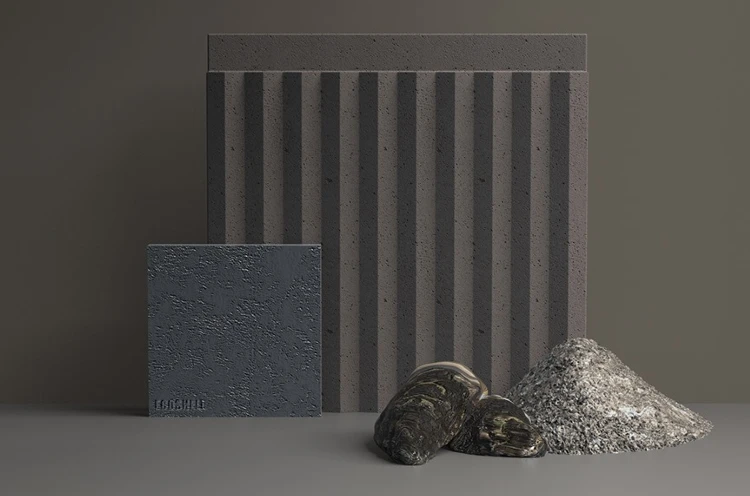In the heart of California, where the Salinas River winds through the rich agricultural lands, a transformative approach to environmental activism and community engagement is taking root, thanks to the creative ingenuity of Melissa Ortiz.
A former high school teacher turned artist and designer, Ortiz has unveiled ‘Colores del Rio’—a simple yet profoundly impactful bio-tool crafted from an unexpected source: red cabbage waste.
“This community engagement tool is Biodesign-activism in response to local systemic issues involving the monoculture industry, the Salinas River watershed, and impacted communities. Colores del Rio combines community engagement and a human-environment relationship through citizen science,” said Ortiz.
‘Colores del Rio,’ which translates to ‘colors of the river,’ embodies Ortiz’s vision of marrying biodesign with activism. It addresses pressing systemic issues tied to monoculture farming practices, the health of the Salinas River watershed, and the well-being of local communities.
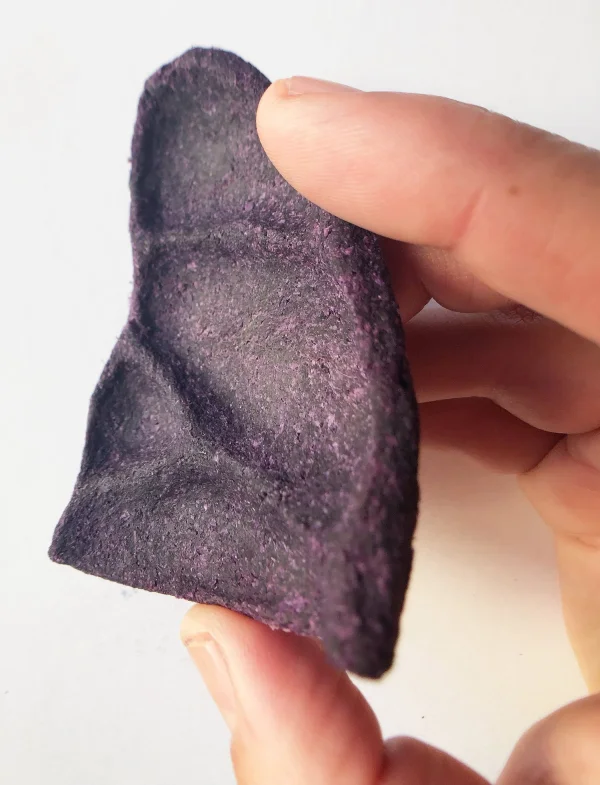
This bio-tool stands out not only for its innovative use of agricultural byproducts, but also for securing an accolade for “outstanding social critique” at the prestigious Biodesign Challenge 2023.
At its core, ‘Colores del Rio’ is a testament to the power of community-driven science and sustainable design. By leveraging the natural properties of red cabbage, which shifts in color in response to the pH level of water—turning pinkish-red in acidic environments and yellow-green in alkaline ones—Ortiz has crafted a bio-tool that makes water quality assessment both accessible and engaging.
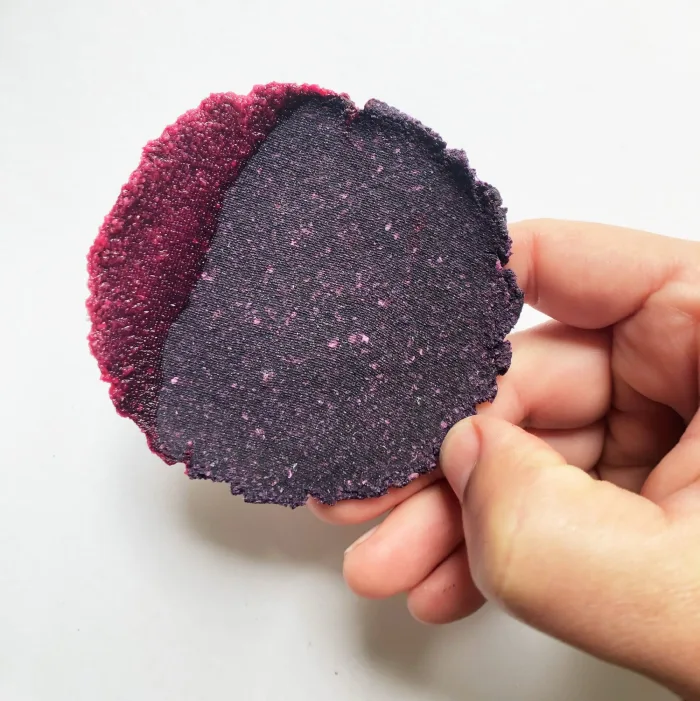
The process of creating Colores del Rio is a collaborative effort that involves boiling, dehydrating, and grinding cabbage waste into a powder, which is then mixed with xanthan gum to serve as a binder.
The beauty of Colores del Rio lies in its dual purpose: it’s a tool for environmental monitoring and a vehicle for educational engagement.
Ortiz’s project encourages local communities, especially the youth, to delve into the intricacies of their food systems and to recognize the value of repurposing food waste into meaningful biodegradable materials.

By involving high school students in the making of Colores del Rio, Ortiz not only imparts important lessons in sustainability and environmental stewardship but also empowers them to take on active roles in protecting their water and land.
“It invites the next generation of youth leadership to actively participate in biodesign, citizen science, and environmental justice, giving local food waste another life that is regenerative and supportive of people and ecosystems,” Ortiz proudly stated.
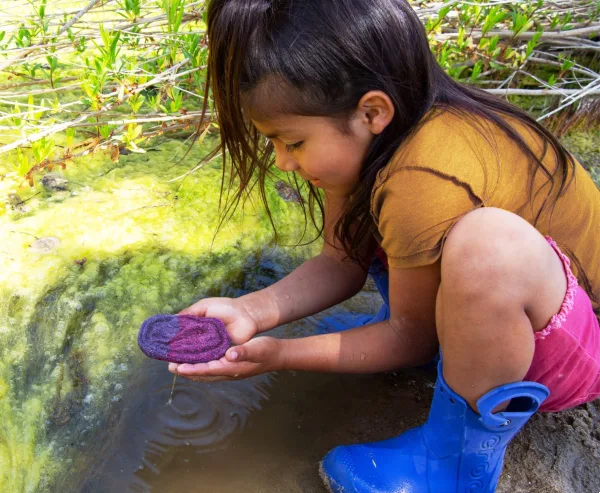
Using Colores del Rio is as simple as placing it in a body of water and observing the color change to gauge the water’s pH level. This direct interaction with the environment fosters a deeper connection between individuals and their surroundings, promoting a sense of responsibility towards conservation and sustainability.
Ortiz envisions this project as a stepping stone for future generations, encouraging them to embrace roles as environmental protectors through hands-on involvement in biodesign and citizen science.
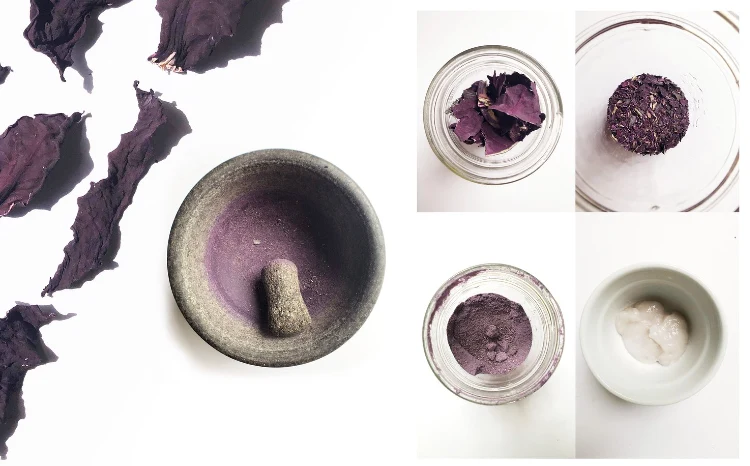
While Colores del Rio is a new and eco-friendly approach to water testing, we do have to consider its scalability. The use of red cabbage as an indicator is a sustainable choice, leveraging local agricultural waste to minimize environmental impact while detecting specific contaminants that identify through pH changes.
Now, the availability of red cabbage waste and the process of creating the bio-tool may limit its applicability in areas outside of similar agricultural communities, but Ortiz is convinced that with the right manufacturing partner she can scale her innovation for widespread adoption.
Despite these considerations, Colores del Rio’s strengths lie in its simplicity, educational value, and promotion of environmental justice. It stands as a promising example of how biodesign can bridge the gap between science, community, and environmental activism, transforming everyday materials into powerful tools for change.
Meet The Designer: Melissa Ortiz
Sustainable designer, Melissa Ortiz, holds a master’s degree in fine arts with a focus on design from California College of the Arts. She’s optimistic about how biodesign can be creatively used as a tool for environmental justice.
Ortiz believes people are interconnected. “It’s palpable within my family, my community; how policy shapes systems, shapes experiences, and trajectories for people,” she says.







